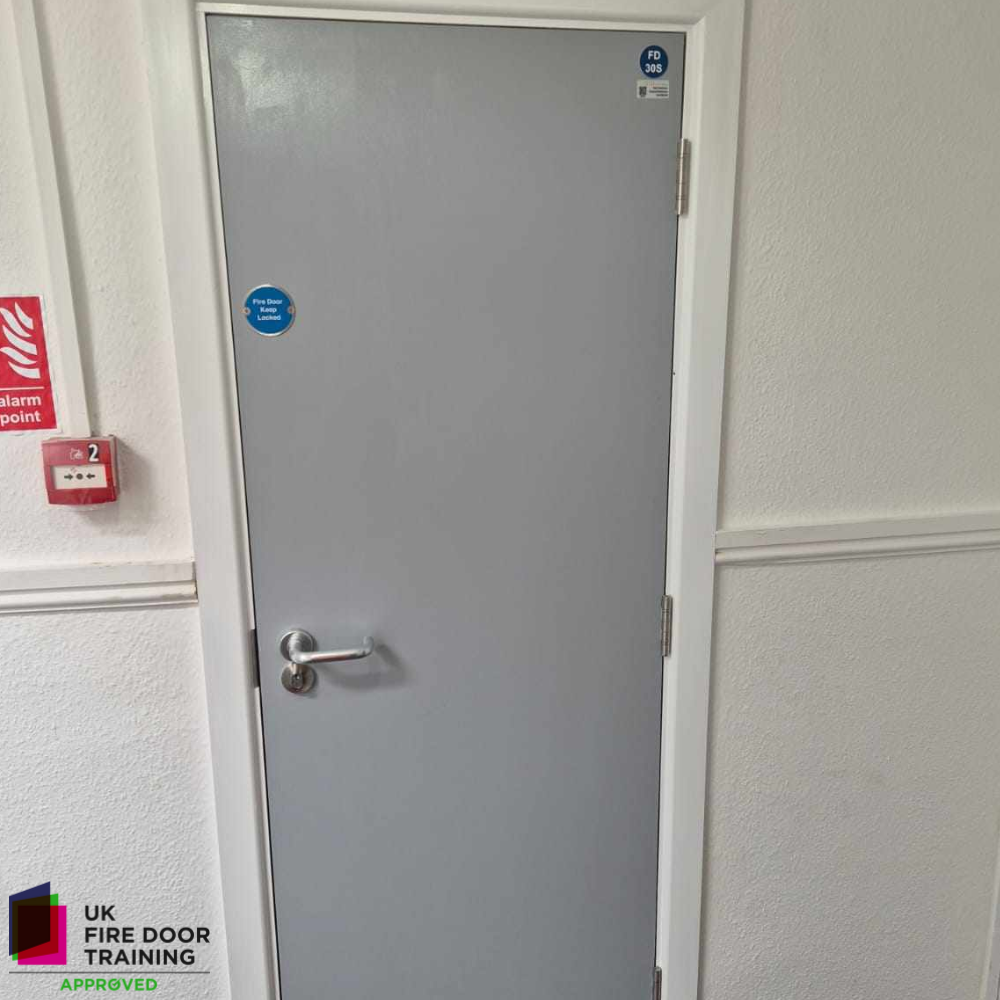A Guide to Plaster Patching: Restoring Beauty to Your Walls
The walls in our homes are like the canvas of our lives. They bear witness to our daily activities, providing shelter and defining our living spaces. Over time though, these walls can develop imperfections from small cracks to larger holes, detracting from their beauty and functionality. That's where plaster patching comes to the rescue. In this guide, we'll explore the art of plaster patching, offering tips and techniques to restore your walls to their former glory.
Why Plaster Patching?
Before we dive into the "how" of plaster patching, let's understand the "why." Plaster patching serves multiple purposes:
1. Cosmetic Restoration: It's an effective way to repair cracks, holes, and dents, making your walls look as good as new.
2. Structural Integrity: Patching can prevent minor issues from escalating into major structural problems, saving you money in the long run.
3. Energy Efficiency: Sealing gaps and cracks with plaster can improve your home's insulation, reducing energy consumption and utility bills.
Materials You'll Need
Before starting your plaster patching project, gather the following materials:
1. Plaster: You can use pre-mixed plaster or mix your own with plaster of Paris and water.
2. Drywall joint compound: This is a handy alternative to traditional plaster, often used for smaller repairs.
3. Putty knife: For applying and smoothing the plaster.
4. Mesh tape: To reinforce larger holes or cracks.
5. Sanding paper or sanding block: To smooth the patched areas.
6. Primer and paint: To finish the job.
7 Steps to Successful Plaster Patching
Now, let's get down to business. Follow these steps to effectively patch your plastered walls:
1. Prepare the Surface: Start by removing loose or crumbling plaster around the damaged area. Use a putty knife or a utility knife for this.
2. Clean the Area: Dust and debris can hinder the adhesion of the plaster. Wipe the area clean with a damp cloth and allow it to dry thoroughly.
3. Apply the Plaster: For small cracks and holes, you can apply plaster or drywall joint compound directly with a putty knife. For larger holes, apply a layer of plaster and press mesh tape into it, extending slightly beyond the damaged area. Then, add a second layer of plaster to cover the tape.
4. Smooth the Surface: Use the putty knife to feather the edges of the plaster or joint compound, ensuring it blends seamlessly with the surrounding wall. This step is crucial for achieving a professional finish.
5. Let it Dry: Plaster needs time to dry and set properly. Follow the manufacturer's instructions for drying times, which typically range from a few hours to overnight.
6. Sand and Finish: Once the plaster is completely dry, use fine-grit sandpaper or a sanding block to smooth the patched area. Feather the edges to make the repair virtually invisible.
7. Prime and Paint: After sanding, prime the patched area to create a uniform surface for painting. Once the primer is dry, paint the wall to match the rest of the room.
3 Top Tips for a Professional Finish
1. Take your time: Rushing through the process can lead to unsightly results. Patience is key.
2. Use the right tools: Invest in good quality putty knives and sandpaper for smoother, more professional results.
3. Safety first: Wear safety goggles and a dust mask when working with plaster or sanding to protect your eyes and lungs.
Conclusion
Plaster patching is a valuable skill that can help maintain the beauty and structural integrity of your home's walls. With the right materials, techniques, and a little patience, you can tackle minor wall imperfections with ease. So, don't let those cracks and holes mar your living space any longer—grab your tools and start plaster patching today! Your walls will thank you for it.
This blog was written by Stephen Moore - Proprietor - Stark Contractors | LinkedIn












